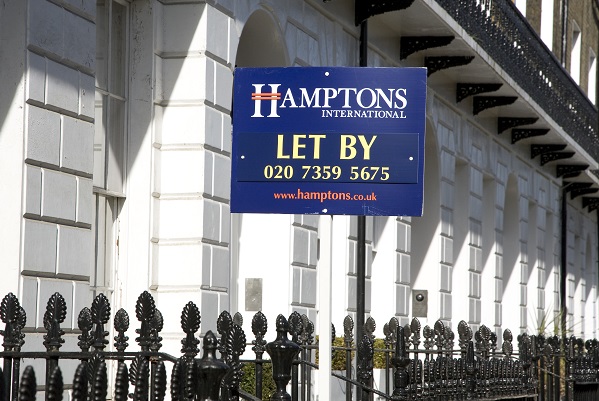The latest research from lettings and estate agent, Benham and Reeves, has shown that while net rental yields have increased over the last year, they sit at just 3.4% once the costs of maintaining a buy-to-let property are accounted for.
Benham and Reeves analysed the gross rental yield of the average buy-to-let property before comparing this to the net yield actually secured once annual running costs are accounted for.
The research shows that currently, investing in the average buy-to-let property across the UK will set you back £289,824, with the average property currently commanding £1,276 per month in rent. This equates to an income generated to the tune of £15,312 per year, a gross rental yield of 5.3%.
The good news is that this gross rental yield has climbed over the last year, up from 4.8% in the last 12 months.
However, Benham and Reeves then looked at the net yield secured once the cost of maintaining a buy-to-let is accounted for. The costs incurred include letting agent fees (£1,837), general maintenance costs (£2,898), the cost of an annual gas safety certificate (£80), an electrical safety report certificate (£225) and landlord insurance (£427).
In total, these additional costs come to £5,468 for the average UK landlord, meaning their estimated annual income generated is reduced to just 39,844 for the year.
As a result, the net yield secured on the average buy-to-let property comes in at just 3.4%, albeit this figure has climbed from 3% over the last year. However, these ongoing costs don’t include the average cost of repaying a buy-to-let mortgage which currently sits at £1,201 per year.
Additional research by Benham and Reeves also highlights how inflation is impacting buy-to-let profitability when it comes to the cost of furnishing a rental home.
In the last year alone, the cost of furniture essentials has climbed across the board, with electric cookers seeing the largest increase, climbing by 12.3% in price.
Curtains have seen an 8.8% cost increase, dishwashers are up 6.7%, an armchair now costs 5.7% more than a year ago, with washing machines (+5.2%) and wardrobes (+4.8%) also seeing some of the largest price hikes.
Director of Benham and Reeves, Marc von Grundherr, said, “While gross yields have remained fairly favourable the reality of buy-to-let investing is that there are a whole host of additional costs that need to be considered and accounted for, all of which eat further into the profit margins of landlords.
This is a small detail that the Government has largely neglected to consider when waging war against the sector and introducing numerous legislative changes designed to dent profitability.
What’s more, the cost of goods remains considerably higher than they were just a year ago and so even furnishing a property to an acceptable standard can be an expensive endeavour.
The silver lining is that while the average net yield may sit at just 3.4% currently, this has increased in strength over the last year and so the consistency of buy-to-let investing remains, albeit not to the same extent as we’ve previously seen.”
The UK, like Western European economies, was hit hard by the contagion from the War in Ukraine, at a time when inflation pressures were already acute. Now economic risks are on the downside, with the economy susceptible to additional shocks that dent confidence or which push oil prices higher. Currently the main scenario is for the UK to grow at a weak pace and to avoid recession. The challenge to this is not only monetary policy overkill but contagion from rising geopolitical tensions.






Leave a Comment